AI & Cyber Weekly: Critical Threat Intelligence Report
Pharmaceutical Ransomware, Chrome Zero-Day, and AI Chatbot Exploits Analysis
August 25, 2025 | By Gabrielle from StrongestLayer
Executive Summary
This week's cybersecurity landscape reveals a concerning convergence of traditional ransomware tactics with emerging AI-powered attack vectors. The Qilin ransomware group's successful breach of pharmaceutical research firm Inotiv [1] demonstrates the continued vulnerability of critical healthcare infrastructure, while Google's emergency Chrome patches [2] highlight the accelerating pace of browser-based threats.
Most significantly, the discovery of cross-site scripting vulnerabilities in Lenovo's AI-powered chatbot system [5] signals a new frontier in cybersecurity risks as organizations rapidly deploy AI technologies without adequate security frameworks. This development, combined with revelations about VPN app vulnerabilities affecting over 700 million users [6], underscores the expanding attack surface facing modern enterprises.
Critical Zero-Day Intelligence
Chrome CVE-2025-9132: V8 Engine Vulnerability
Google's emergency security update addresses a high-severity vulnerability in the V8 JavaScript engine [2]. The vulnerability, discovered by Google's Big Sleep AI system on August 4, 2025 [10], demonstrates both AI-powered security research potential and critical browser threats.
The vulnerability affects Chrome's V8 JavaScript engine, allowing attackers to execute arbitrary code through crafted HTML pages [2]. This represents a fundamental compromise of browser security boundaries affecting millions of Chrome users worldwide.
Technical Details: Out-of-bounds write condition in V8's memory management, potentially allowing sandbox escape and system-level code execution.
Attack Scenarios: Malicious websites could exploit this to install malware, steal credentials, or gain persistent access through drive-by downloads.
AI Chatbot Security: Lenovo Lena Vulnerability
The discovery of a critical cross-site scripting vulnerability in Lenovo's GPT-4 powered Lena AI chatbot represents a watershed moment in AI application security [5][12].
Security researchers discovered that Lenovo's Lena AI chatbot contained a critical XSS flaw exploitable with a single 400-character prompt [5][12]. The vulnerability allowed attackers to execute malicious scripts and steal session cookies.
Technical Analysis: Inadequate input/output sanitization in the chatbot's processing pipeline allowed crafted prompts to generate and execute malicious JavaScript code.
Enterprise Impact: Critical security gap in AI deployment strategies as organizations rapidly implement AI customer service tools without comprehensive security reviews.
VPN Application Security Crisis
Citizen Lab research revealed a comprehensive security crisis affecting popular Android VPN applications with over 700 million downloads [6][11].
Investigation revealed three families of Android VPN applications with concealed ownership structures and significant security vulnerabilities [6][11]. Popular apps like Turbo VPN and Snap VPN use outdated Shadowsocks technology never designed for privacy protection.
Hidden Ownership: Complex corporate structures designed to obscure true ownership, raising concerns about data collection and potential surveillance capabilities.
User Impact: Over 700 million users may have exposed themselves to increased surveillance and security risks through apps they believed protected privacy.
Human Risk Management & Ransomware Intelligence
Qilin Ransomware: Pharmaceutical Sector Under Siege
The Qilin ransomware group's attack on Indiana-based pharmaceutical research firm Inotiv represents significant escalation in healthcare sector targeting [1][8].
Qilin successfully compromised Inotiv, claiming to have exfiltrated 176 GB of sensitive data including proprietary research reports, financial documents, and potentially clinical trial information [1][8].
Attack Methodology: Sophisticated, multi-vector attack disrupting operations across multiple sites, likely involving phishing or credential compromise, followed by lateral movement and data exfiltration.
Industry Context: Part of broader Qilin campaign against healthcare organizations, leveraging critical operations to maximize ransom payment likelihood.
DOJ Enforcement: Zeppelin Ransomware Disruption
U.S. Department of Justice seized $2.8 million in cryptocurrency from alleged Zeppelin ransomware operator [4][13].
Federal authorities successfully traced and seized cryptocurrency assets laundered through ChipMixer service [4][13], demonstrating advanced blockchain analysis capabilities and international cooperation.
Deterrence Effect: Successful prosecution and asset seizure sends strong message about international law enforcement reach.
Manufacturing Sector: Prime Ransomware Target
Dragos research reveals manufacturing sector continues facing elevated ransomware activity in Q2 2025 [7].
AI-Enabled Attacks & Botnet Intelligence
RapperBot Botnet: Scale and Sophistication
FBI's dismantling of RapperBot botnet and charges against 22-year-old Oregon resident reveals enormous scale of modern DDoS-for-hire operations [3][9].
RapperBot operation orchestrated over 370,000 DDoS attacks across 80 countries using 65,000-95,000 infected devices [3][9]. The botnet achieved peak attack volumes of 6 terabits per second.
Technical Architecture: Sophisticated command and control infrastructure allowing coordinated attacks across geographically distributed infected devices, primarily IoT devices and poorly secured servers.
Economic Model: Functioned as DDoS-for-hire service, monetizing botnet through attack services sold on underground markets.
AI-Powered Vulnerability Discovery
Google's Big Sleep AI system's discovery of Chrome V8 vulnerability represents fundamental shift in cybersecurity research methodologies [10].
Big Sleep AI system's ability to identify previously unknown vulnerabilities demonstrates automated discovery at scales impossible for human researchers, with compressed security research timelines [10].
CISO Strategic Perspectives
AI Governance: Balancing Innovation with Security Risk
The Lenovo AI chatbot vulnerability represents critical inflection point for CISOs navigating AI innovation and cybersecurity risk management [5][12].
Rapid deployment of AI-powered customer-facing applications without adequate security controls highlights fundamental challenge: enabling AI innovation while maintaining enterprise security postures [5][12].
Risk Assessment Framework: CISOs must develop new methodologies accounting for unpredictable AI system outputs and prompt injection attack potential.
Security Controls: Traditional web application security controls must be adapted for AI systems, including input sanitization, output validation, and behavioral monitoring.
Weekly Threat Landscape Summary
This week's cybersecurity developments mark significant escalation in threat sophistication and scale. The combination of AI-powered vulnerabilities, infrastructure-scale botnets, and targeted ransomware campaigns demonstrates evolving modern cyber threats.
Key takeaways include urgent need for AI-specific security frameworks, importance of rapid patch deployment capabilities, and critical nature of ransomware resilience for healthcare organizations. Law enforcement success against ransomware operators provides hope for deterrence effects, while botnet operation scale underscores need for enhanced DDoS protection.
Organizations proactively addressing emerging threats through strategic investments in AI security, infrastructure protection, and incident response capabilities will be best positioned to maintain operational resilience in increasingly hostile cyber environments.
"Organizations that survive and thrive will treat cybersecurity as core business capability, integrate threat intelligence into strategic decision-making, and maintain agility to adapt defensive strategies as threats evolve."
References & Sources
- Ransomware attack hits Inotiv, big pharma research firm fined millions for animal cruelty - Cybernews (August 20, 2025)
- Chrome High-Severity Vulnerability Let Attackers Execute Arbitrary Code - Cybersecurity News (August 20, 2025)
- Oregon man charged with administering "Rapper Bot" DDoS-for-hire Botnet - U.S. Department of Justice (August 19, 2025)
- Justice Department Announces Seizure of Over $2.8 Million in Cryptocurrency, Cash, and other Assets - U.S. Department of Justice (August 14, 2025)
- Lenovo's Lena AI chatbot had weakness that let attackers hijack sessions - BetaNews (August 18, 2025)
- Hidden Links: Analyzing Secret Families of VPN Apps - The Citizen Lab (August 19, 2025)
- Manufacturing remains prime ransomware target in Q2 as new groups, state-aligned actors reshape industrial threat landscape - Industrial Cyber (August 18, 2025)
- Pharma firm Inotiv says ransomware attack impacted operations - BleepingComputer (August 19, 2025)
- DOJ Charges 22-Year-Old for Running RapperBot Botnet Behind 370,000 DDoS Attacks - The Hacker News (August 20, 2025)
- Decoding The Chrome CVE‑2025‑9132 V8 Vulnerability - The Cyber Express (August 20, 2025)
- New Research Links VPN Apps, Highlights Security Deficiencies - SecurityWeek (August 19, 2025)
- Lenovo AI Chatbot Flaw Allows Remote Script Execution on Corporate Systems - GBHackers (August 20, 2025)
- US Seizes $2.8 Million From Zeppelin Ransomware Operator - SecurityWeek (August 18, 2025)

.png)











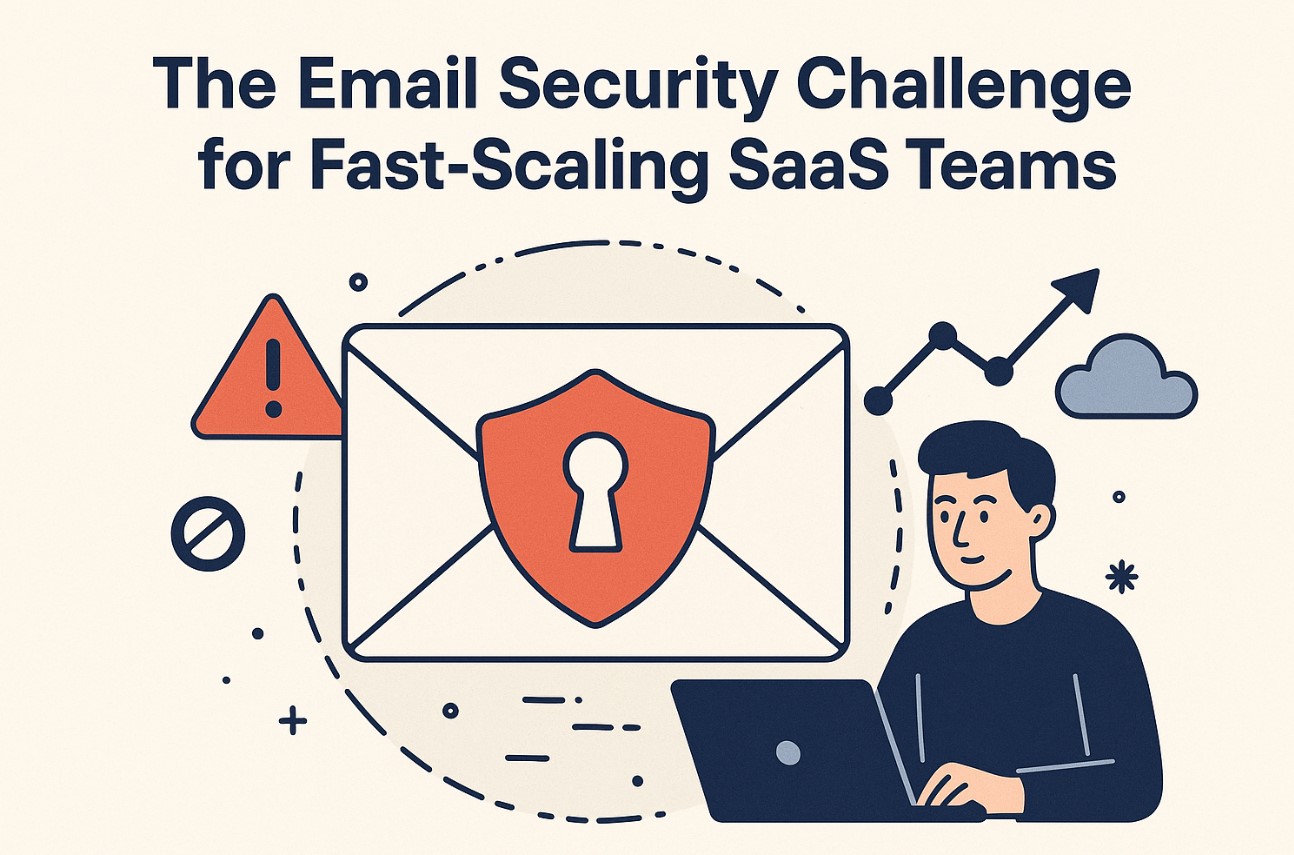
.png)





.png)


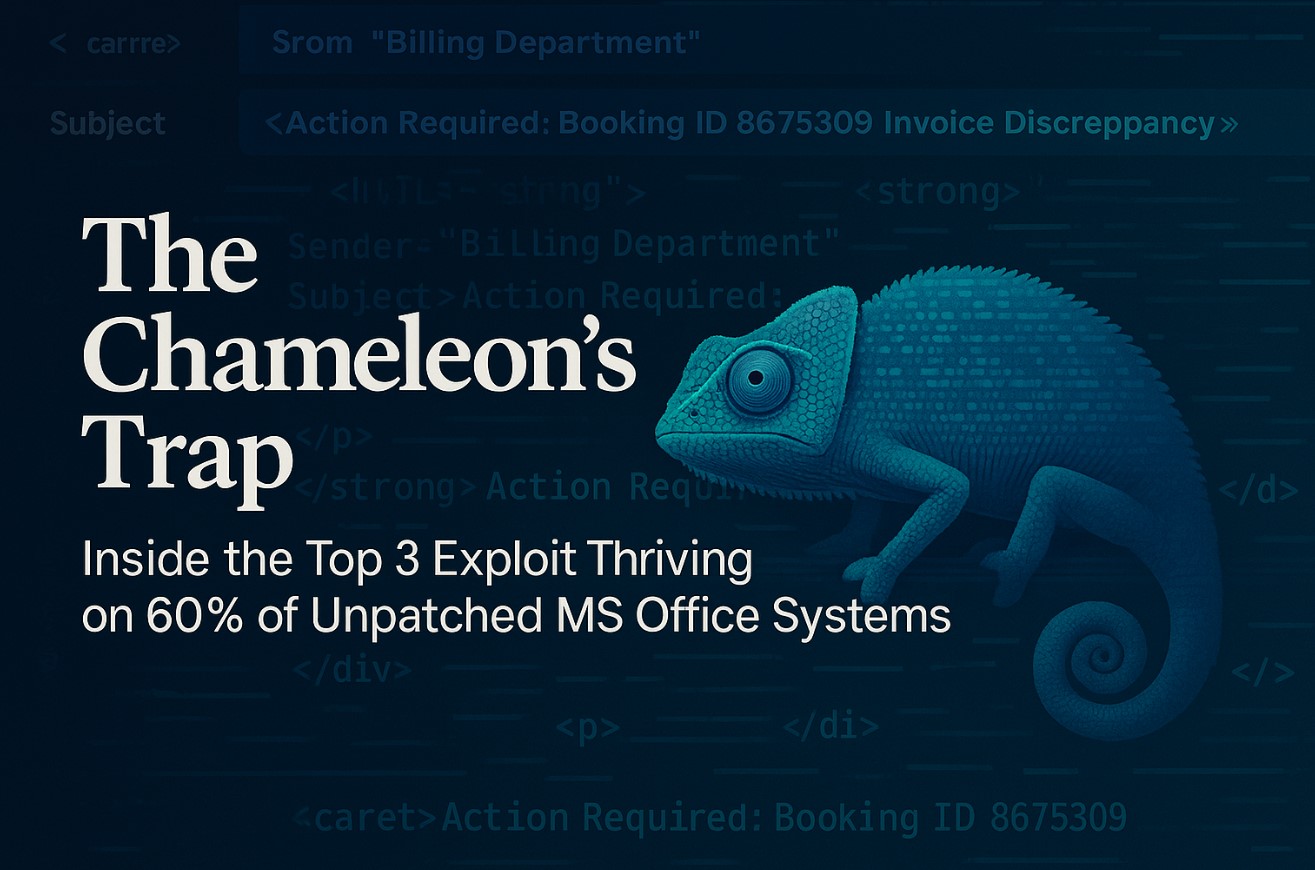

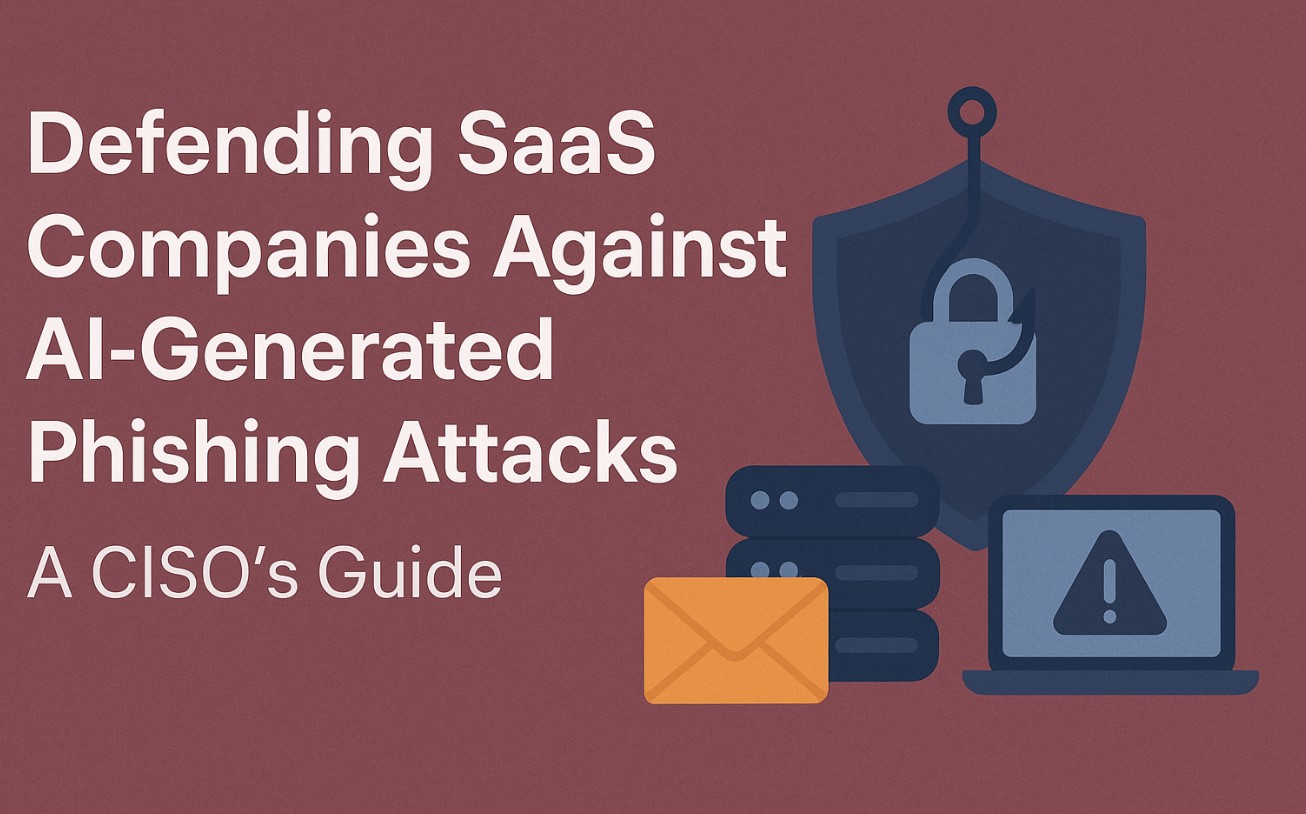



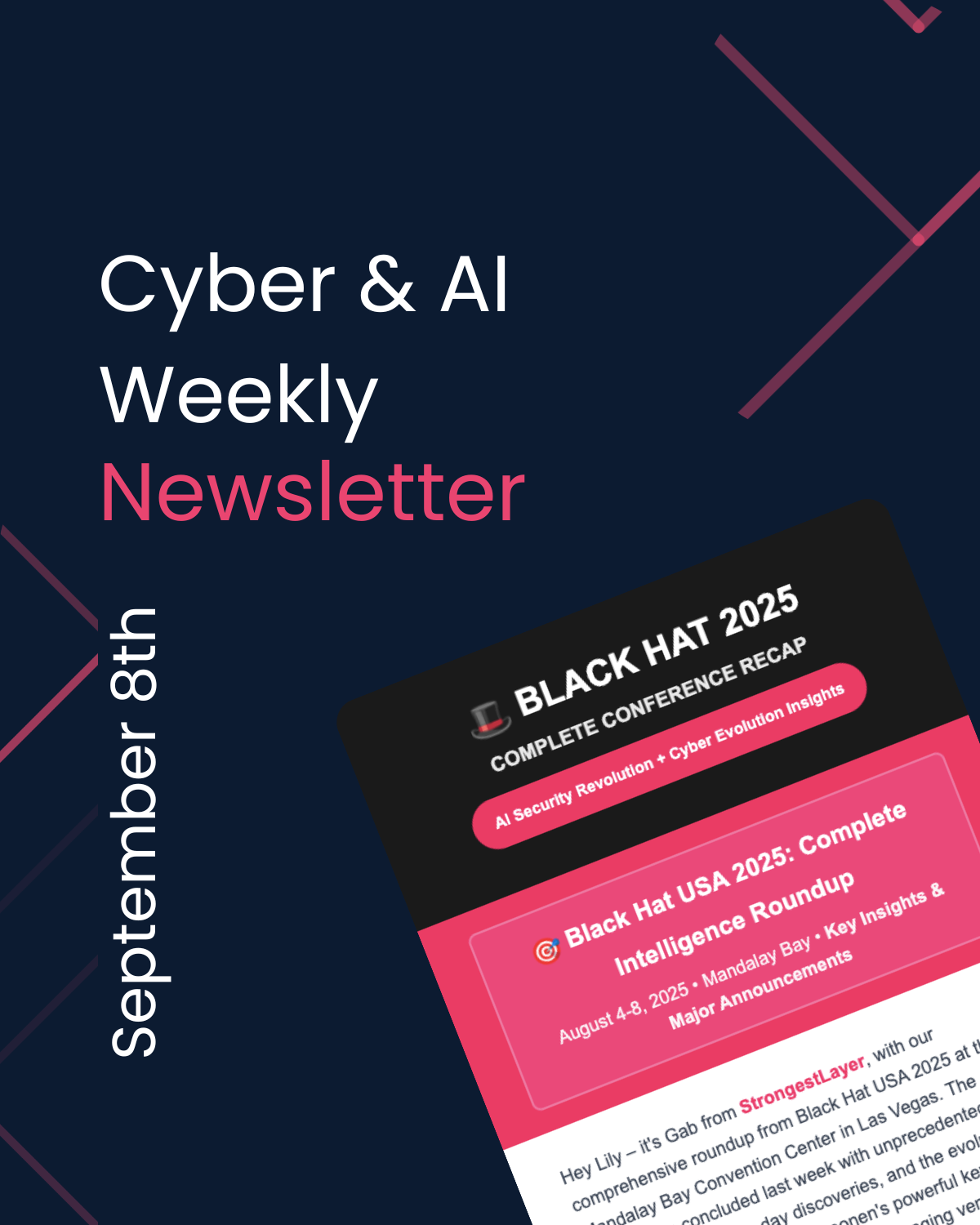


.png)

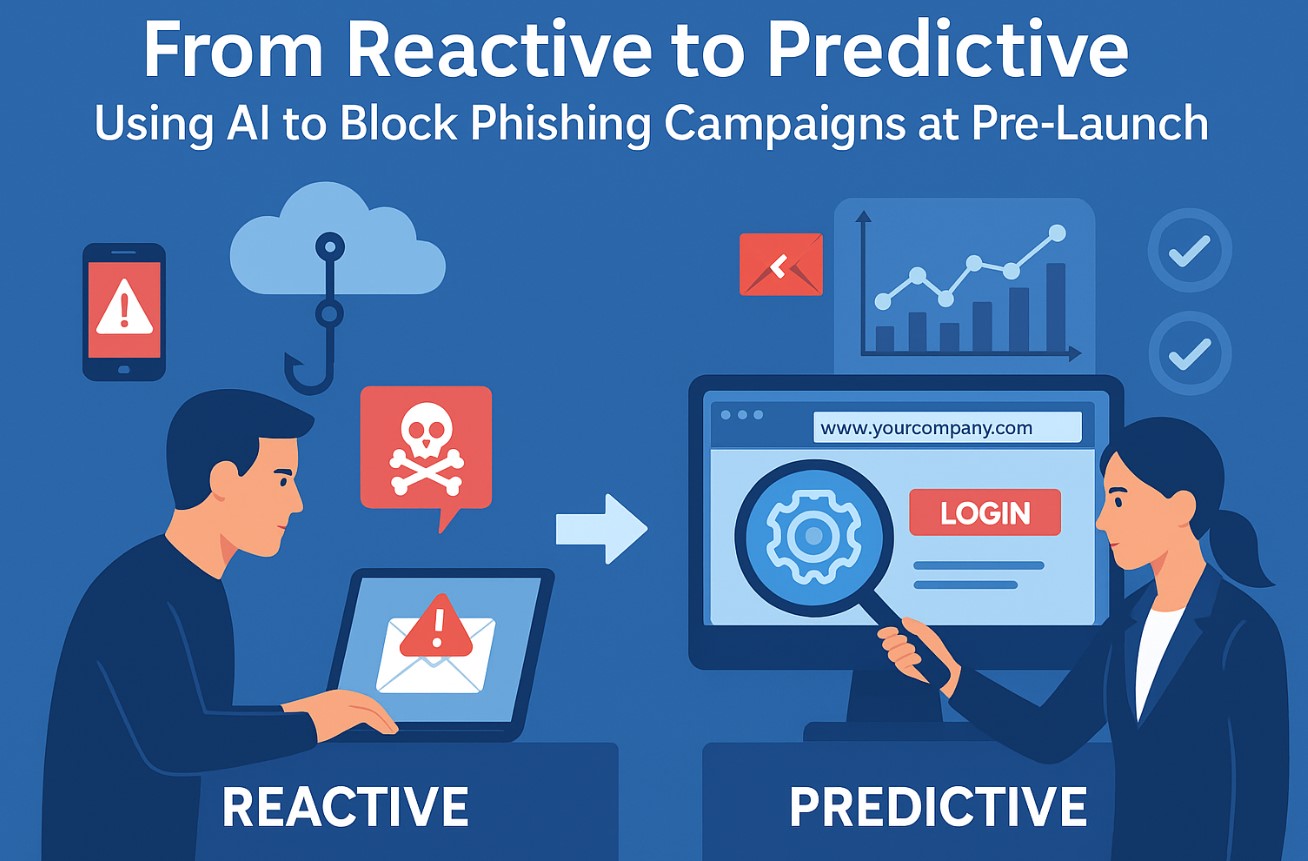


.png)
.jpg)
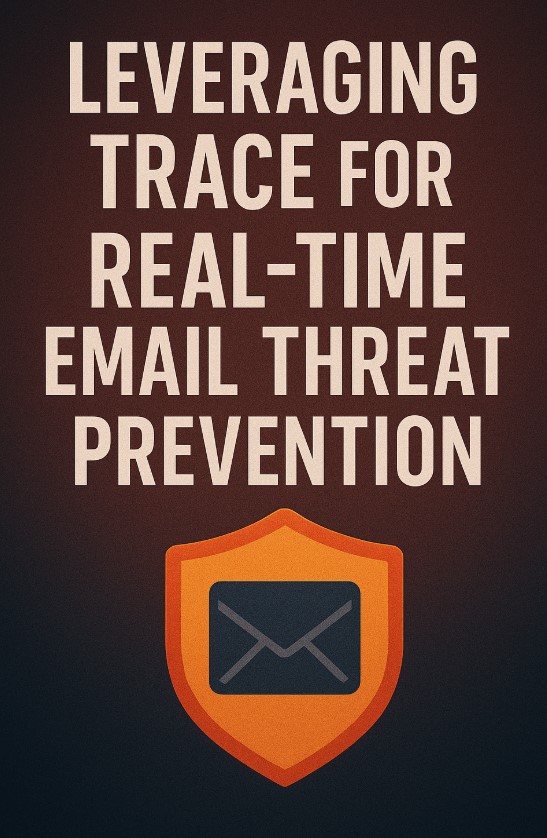
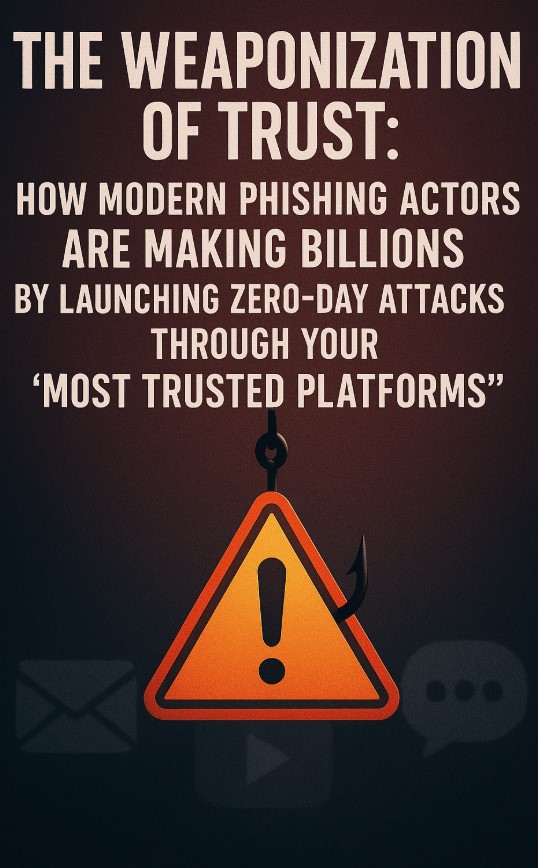


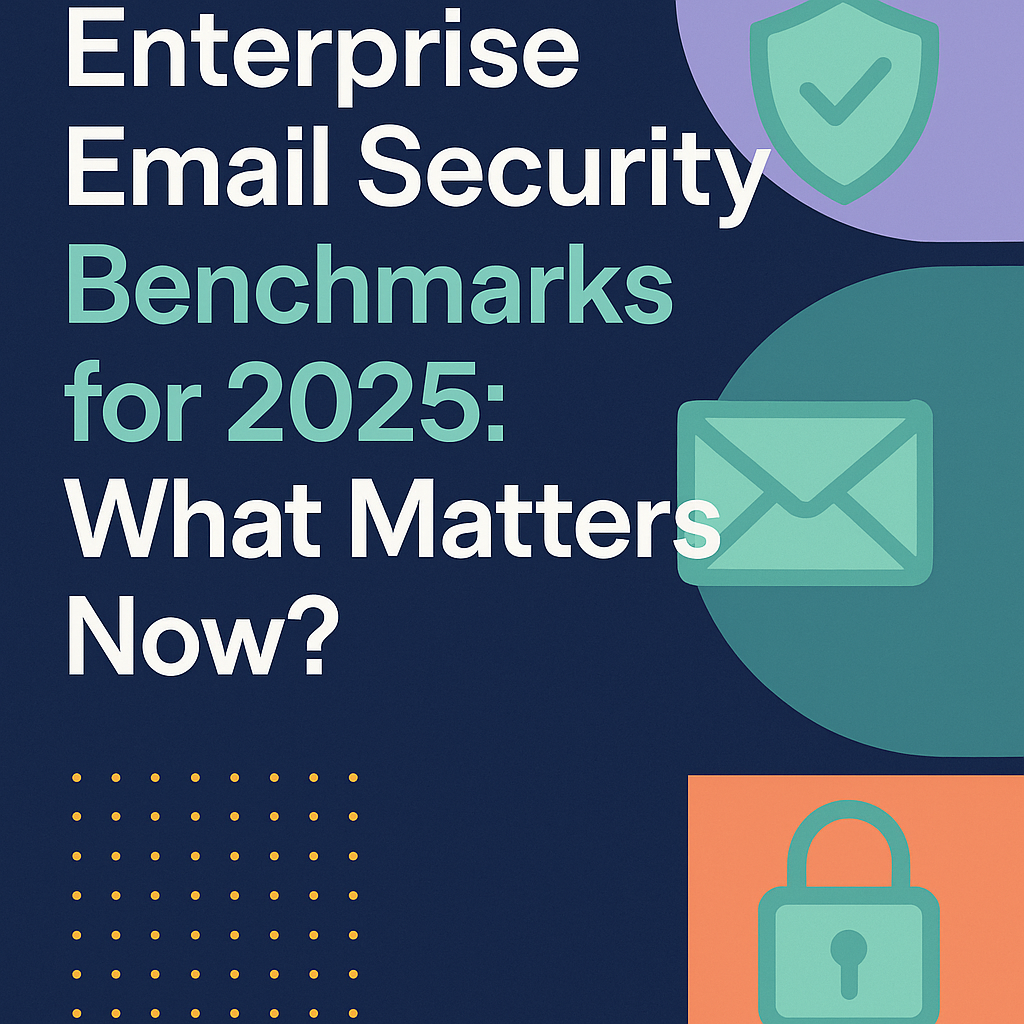
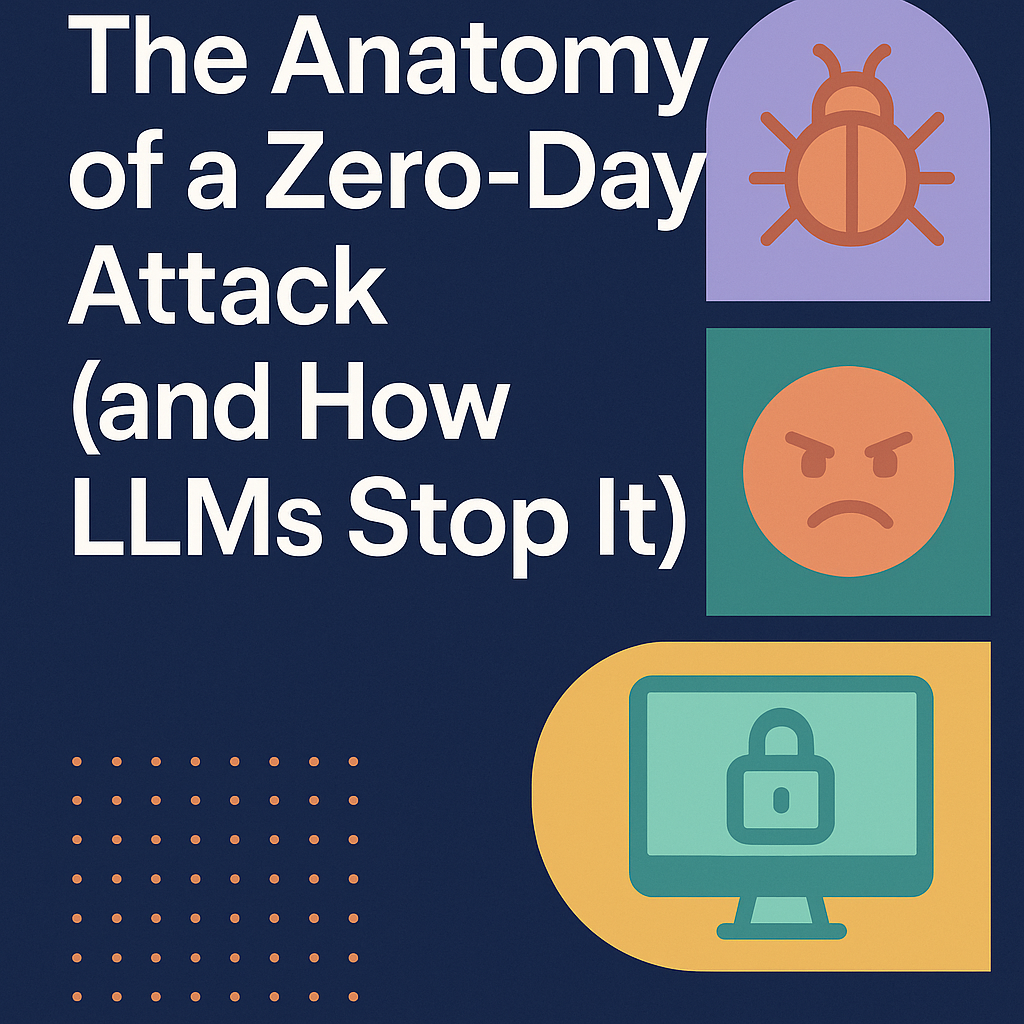

.png)







.png)































%20Attacks%20in%202025.jpg)









